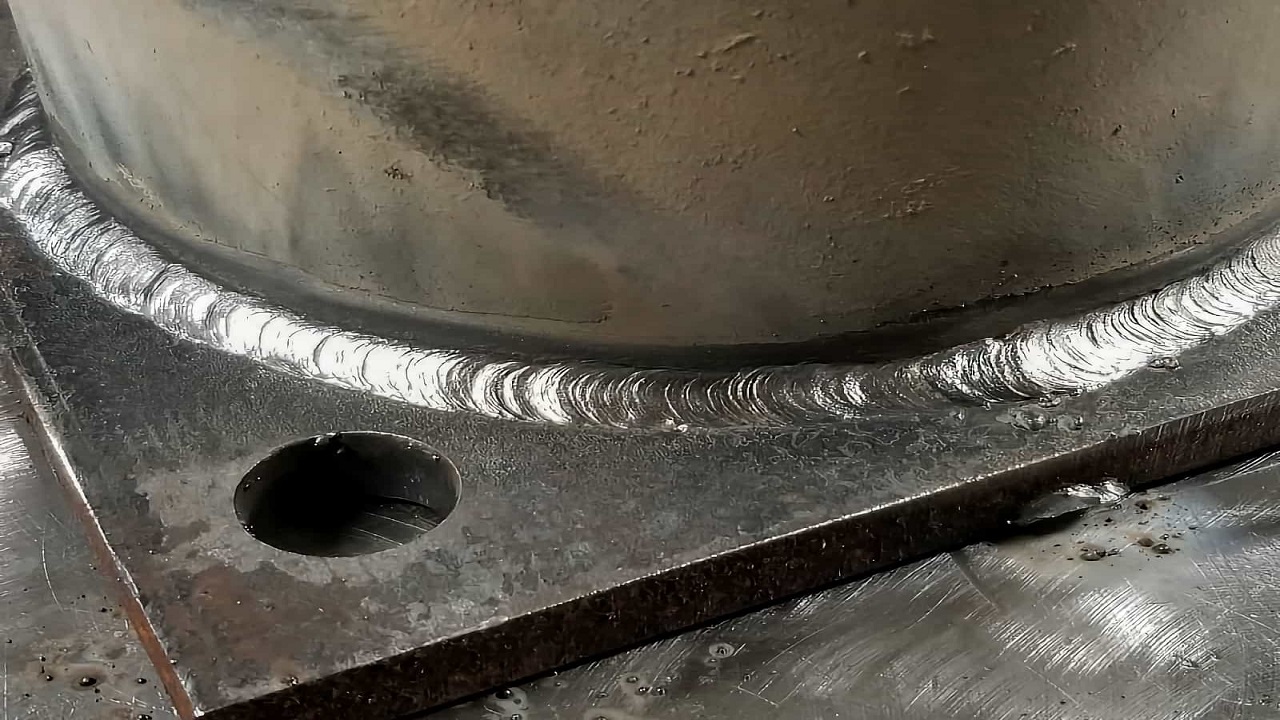Welding galvanized steel tanks presents unique challenges and considerations due to the presence of zinc coatings. While galvanized steel offers excellent corrosion resistance, improper welding techniques can compromise the integrity of the tank and lead to premature failure. Therefore, it's essential to understand the critical factors involved in welding galvanized steel tanks to ensure structural integrity, longevity, and safety. For more in-depth information, view complete answer on uniacero.com
What are Galvanized Steel Tanks?
Thanks to their ability to resist corrosion, galvanized steel tanks are frequently utilized in a variety of industries for the storage of liquids, chemicals, and other materials. Even in severe environments, the galvanized coating serves as a barrier to prevent corrosion in the steel underneath. To protect the coating and preserve the tank's resistance to corrosion, welding galvanized steel calls for extra care.
Effects of Welding on Galvanized Coating
When welding galvanized steel tanks, the high temperatures generated during the welding process can vaporize the zinc coating. This vaporization releases zinc oxide fumes, which can pose health risks to welders and affect weld quality. Additionally, excessive heat input or improper welding techniques can lead to burn-through, porosity, and other defects in the welds, compromising the tank's structural integrity.
Preparation for Welding
Before welding galvanized steel tanks, thorough preparation is essential to ensure successful welds and maintain the integrity of the zinc coating. This includes proper surface cleaning to remove contaminants such as oil, grease, and dirt that can affect weld quality. Additionally, preheating the steel can help minimize the risk of zinc vaporization during welding.
Selection of Welding Method
Choosing the right welding method is critical when welding galvanized steel tanks. Gas metal arc welding (GMAW) or flux-cored arc welding (FCAW) are commonly used methods due to their ability to provide stable arcs and better control over the welding process. However, shielded metal arc welding (SMAW) can also be used effectively, especially for field welding applications.
Controlled Welding Parameters
Controlling welding parameters such as heat input, travel speed, and electrode selection is essential for welding galvanized steel tanks. Lower heat inputs and faster travel speeds can help minimize zinc vaporization and reduce the risk of burn-through. Additionally, using electrodes specifically designed for welding galvanized steel can improve weld quality and prevent coating damage.
Final Inspection
After welding galvanized steel tanks, post-welding inspection and cleaning are crucial steps to ensure weld quality and maintain corrosion resistance. Inspecting welds for defects such as porosity, cracks, and incomplete fusion can help identify any issues that need to be addressed. Additionally, cleaning welds to remove spatter, slag, and zinc residues is essential to prevent corrosion and ensure the integrity of the zinc coating.
Conclusion
In conclusion, welding galvanized steel tanks requires careful consideration of critical factors to ensure successful outcomes. Proper pre-welding preparation, selection of appropriate welding methods and parameters, and post-welding inspection and cleaning are essential steps in maintaining the structural integrity and corrosion resistance of galvanized steel tanks. By adhering to best practices and safety guidelines, welders can achieve high-quality welds and prolong the service life of galvanized steel tanks.


